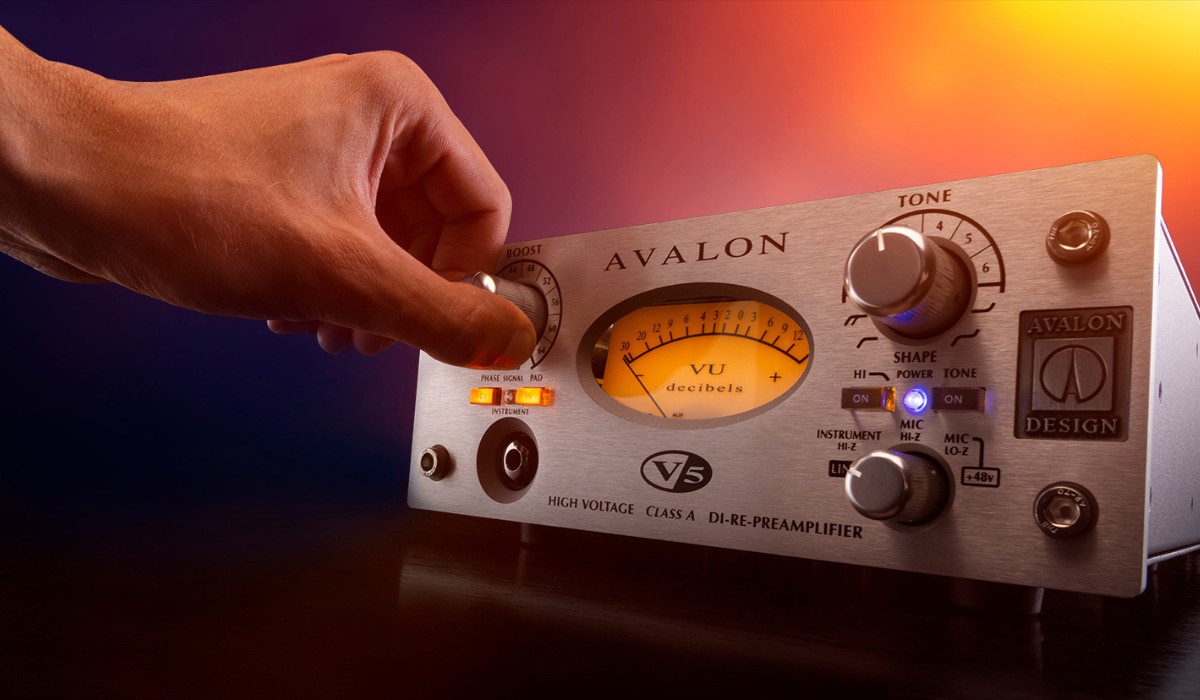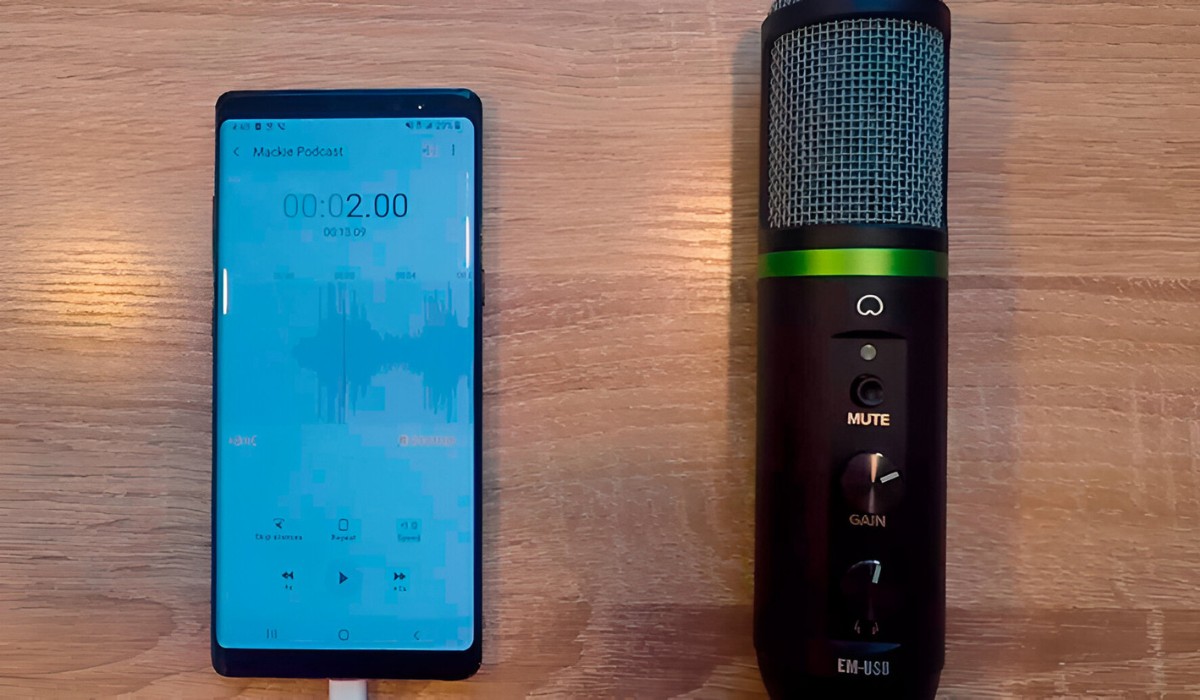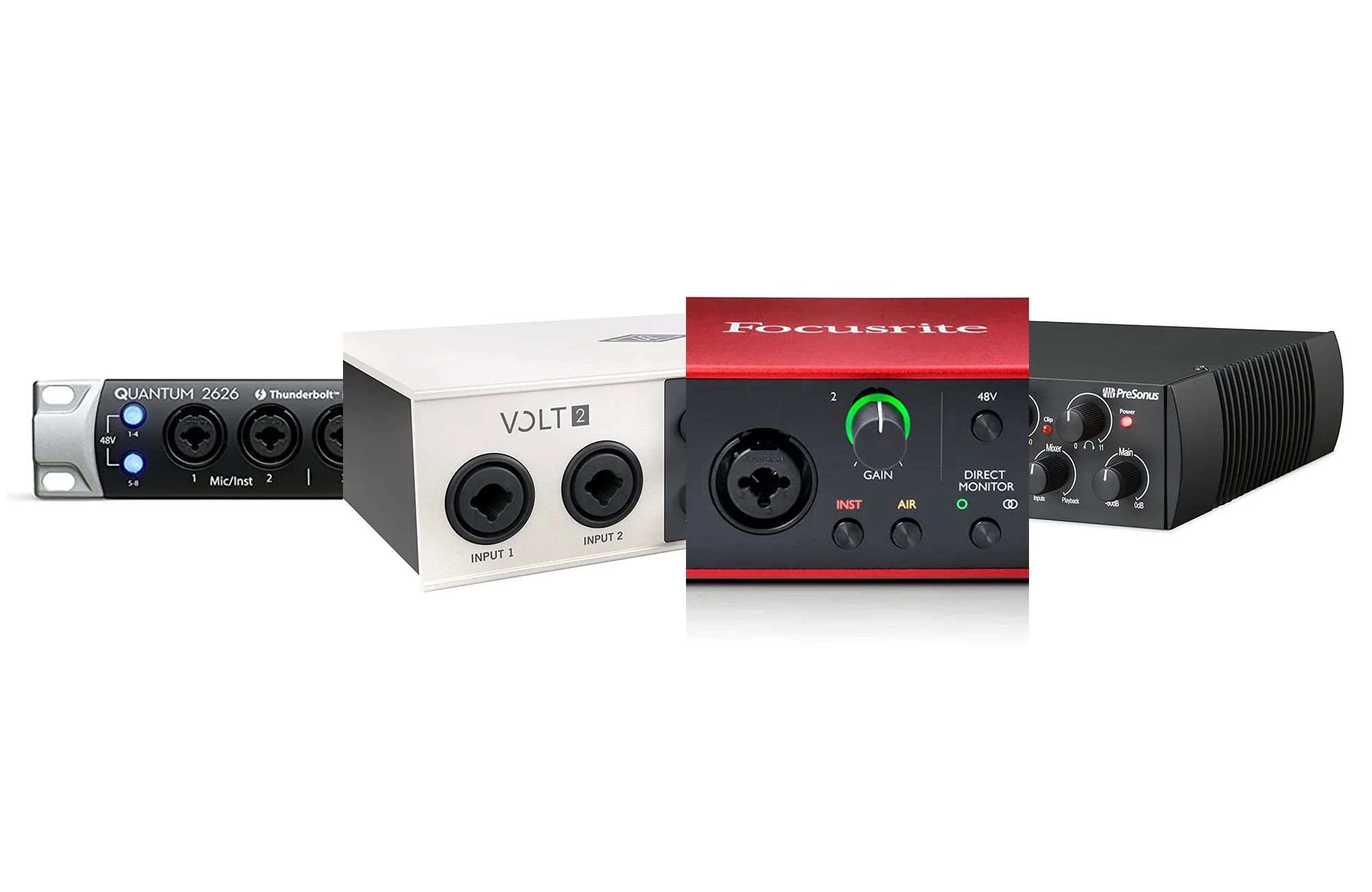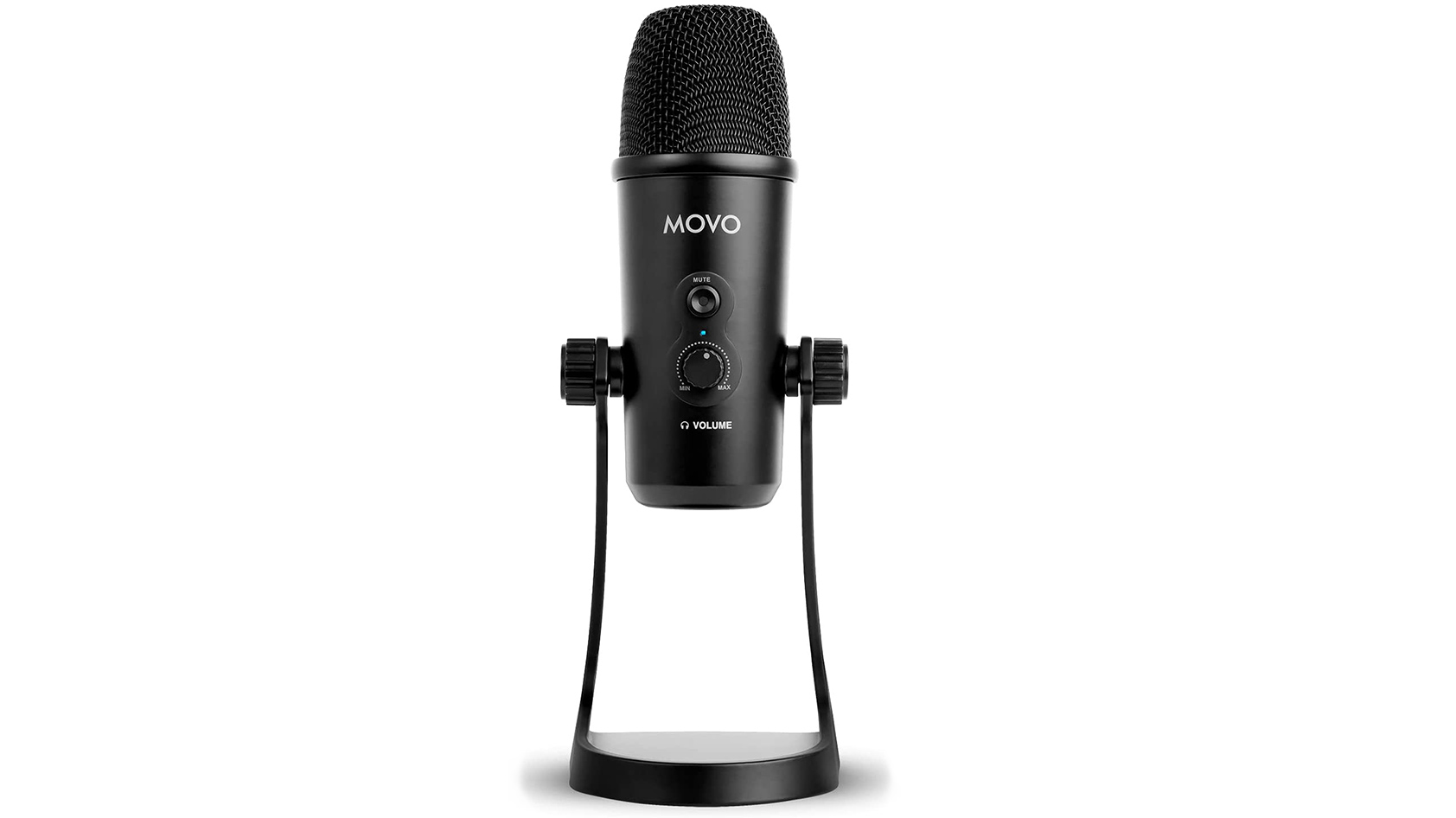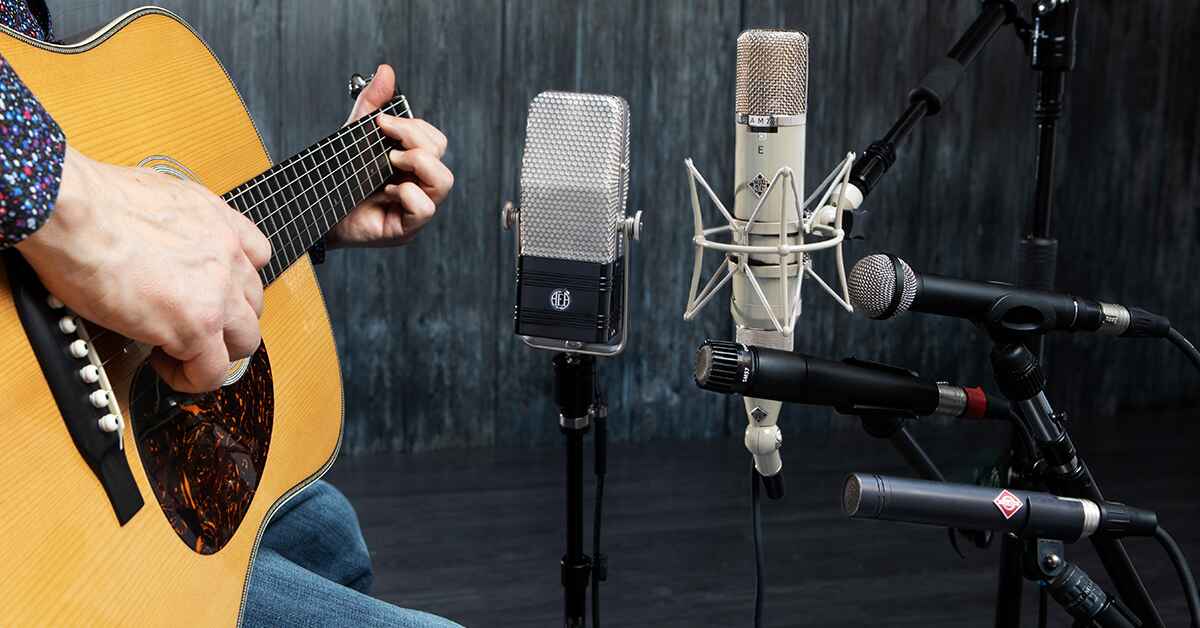Introduction
Understanding the Role of Preamps in Enhancing Condenser Microphone Performance
Condenser microphones are renowned for their exceptional audio quality and sensitivity, making them a popular choice for professional recording, broadcasting, and live sound applications. However, to fully harness the capabilities of a condenser microphone, it is essential to understand the pivotal role of preamplifiers, commonly known as preamps. These often-overlooked devices play a crucial role in optimizing the performance of condenser microphones, shaping the audio signal before it reaches recording or amplification equipment.
Condenser microphones operate on a different principle compared to dynamic microphones, utilizing a diaphragm and a backplate to convert sound waves into electrical signals. This design results in a high-impedance output, making condenser microphones more sensitive and capable of capturing subtle nuances in sound. However, this high-impedance signal requires careful handling to ensure optimal performance, and this is where preamps come into play.
Preamps serve as the intermediary link between condenser microphones and recording or sound reinforcement systems. They are designed to amplify the low-level output signal from the microphone to a line-level signal, which is compatible with recording interfaces, mixers, and other audio equipment. Additionally, preamps are responsible for providing gain control, impedance matching, and often introduce tonal coloration or sonic character to the microphone signal.
Understanding the intricate relationship between condenser microphones and preamps is crucial for achieving superior audio quality and maximizing the potential of these microphones in various applications. In the subsequent sections, we will delve deeper into the specific functions and benefits of preamps in conjunction with condenser microphones, shedding light on their indispensable role in the world of professional audio recording and production.
Understanding Condenser Microphones
Condenser microphones, also known as capacitor microphones, are revered for their exceptional audio fidelity and transient response, making them a staple in professional recording studios, live sound reinforcement, and broadcast settings. Unlike their dynamic microphone counterparts, condenser microphones utilize an electrostatic principle to convert sound waves into electrical signals. This is achieved through the interaction of a diaphragm and a backplate, creating variations in capacitance in response to sound pressure levels.
One of the hallmark characteristics of condenser microphones is their high sensitivity and extended frequency response, enabling them to capture subtle nuances and reproduce audio with remarkable accuracy. This makes them well-suited for capturing vocals, acoustic instruments, and intricate sound sources that demand precision and clarity.
Condenser microphones are available in various form factors, including large-diaphragm and small-diaphragm designs, each offering distinct sonic characteristics and applications. Large-diaphragm condenser microphones are favored for their warm, full-bodied sound and are often used for vocal recording and capturing low-frequency instruments such as kick drums and bass guitars. On the other hand, small-diaphragm condenser microphones excel in capturing transient details and are commonly utilized for acoustic instruments, drum overheads, and ensemble recordings.
It is important to note that condenser microphones require power to operate, typically in the form of phantom power supplied by preamps or audio interfaces. This power is essential for polarizing the microphone’s diaphragm and enabling it to function effectively. Additionally, condenser microphones exhibit a high-impedance output, necessitating proper impedance matching and signal amplification to ensure optimal performance and signal integrity.
Understanding the fundamental operating principles and sonic characteristics of condenser microphones is essential for leveraging their capabilities in diverse recording and sound reinforcement scenarios. When paired with suitable preamps, condenser microphones can deliver pristine audio quality and capture the nuances of sound with unparalleled precision, making them indispensable tools for audio professionals and enthusiasts alike.
The Role of Preamps in Condenser Microphones
Preamps play a pivotal role in optimizing the performance of condenser microphones by addressing the unique electrical characteristics of these transducers and preparing the microphone signal for further processing or amplification. As condenser microphones produce a high-impedance, low-level signal, preamps serve as the essential interface that bridges the gap between the microphone and recording equipment, ensuring that the audio signal is amplified, balanced, and tailored to meet the requirements of professional audio systems.
One of the primary functions of preamps in the context of condenser microphones is signal amplification. The low-level output signal generated by condenser microphones needs to be boosted to line level, which is compatible with recording interfaces, mixers, and other audio equipment. Preamps achieve this amplification while maintaining signal integrity and minimizing noise, thereby preserving the delicate nuances captured by condenser microphones.
Furthermore, preamps provide gain control, allowing users to adjust the level of amplification applied to the microphone signal. This feature is particularly valuable in capturing dynamic audio sources or controlling the input levels during recording, ensuring optimal signal-to-noise ratios and preventing distortion or clipping.
Impedance matching is another critical aspect of preamp functionality in relation to condenser microphones. Preamps are designed to match the impedance of the microphone to the input impedance of the subsequent audio equipment, facilitating the efficient transfer of the audio signal without degradation or loss of fidelity. This impedance matching ensures that the microphone signal is faithfully reproduced and transmitted through the audio chain, maintaining its original sonic characteristics.
Beyond these technical functions, preamps often imbue the microphone signal with tonal coloration or sonic character, contributing to the overall sound aesthetics. Some preamps are revered for their ability to impart warmth, clarity, or vintage analog characteristics to the microphone signal, adding a desirable sonic imprint to the recorded audio.
Understanding the multifaceted role of preamps in enhancing the performance of condenser microphones underscores their significance in achieving pristine audio quality and capturing the nuances of sound with precision and finesse.
Benefits of Using a Preamp with a Condenser Microphone
The utilization of a preamp in conjunction with a condenser microphone yields a myriad of benefits that significantly enhance the audio recording and production process, elevating the sonic quality and versatility of the captured sound. These benefits encompass technical improvements, sonic enhancements, and operational flexibility, making preamps indispensable companions to condenser microphones in professional and enthusiast audio environments.
One of the primary advantages of using a preamp with a condenser microphone is the ability to achieve optimal signal amplification and gain control. Preamps ensure that the low-level output signal of the condenser microphone is boosted to line level with precision and minimal noise, allowing for a clean and robust signal that can be seamlessly integrated into recording interfaces, mixers, and audio processors. The provision of gain control enables users to fine-tune the microphone signal, accommodating a wide range of sound sources and dynamic performances while maintaining optimal signal-to-noise ratios.
Additionally, preamps contribute to impedance matching, ensuring that the electrical characteristics of the condenser microphone are effectively aligned with the input impedance of the subsequent audio equipment. This impedance matching preserves the integrity of the microphone signal, preventing signal degradation and ensuring faithful reproduction of the captured sound, free from impedance-related anomalies or tonal alterations.
Furthermore, preamps often impart sonic character and tonal enhancements to the microphone signal, adding a layer of richness, warmth, or coloration that complements the unique sonic characteristics of condenser microphones. This sonic enhancement can imbue recordings with a sense of depth and dimension, elevating the overall sonic aesthetic and imbuing the audio with a desirable sonic signature.
Operational flexibility is another notable benefit of using a preamp with a condenser microphone. Preamps offer a range of connectivity options, input configurations, and additional features such as high-pass filters, phase inversion, and instrument-level inputs, expanding the versatility and adaptability of the microphone setup. This flexibility allows users to tailor the microphone signal to suit specific recording scenarios, accommodate various sound sources, and integrate seamlessly with diverse audio systems and processing chains.
By harnessing the technical, sonic, and operational advantages of preamps, users can unlock the full potential of condenser microphones, capturing audio with unparalleled fidelity, nuance, and sonic character, thereby elevating the quality and artistry of their recordings and productions.
How to Choose the Right Preamp for Your Condenser Microphone
When selecting a preamp for a condenser microphone, several key considerations come into play to ensure compatibility, sonic synergy, and optimal performance. By evaluating these factors, audio professionals and enthusiasts can make informed decisions that align with their recording objectives, sonic preferences, and technical requirements, ultimately enhancing the capabilities and sonic character of their condenser microphone setups.
One of the primary considerations when choosing a preamp for a condenser microphone is the intended application or recording scenario. Different preamps exhibit distinct sonic characteristics, tonal qualities, and operational features, making them suitable for specific genres, instruments, or vocal styles. For instance, preamps with transparent, pristine amplification may be preferred for capturing classical music or detailed acoustic instruments, while preamps with vintage warmth and coloration may be well-suited for adding character to vocal recordings or enhancing the richness of electric instruments.
Compatibility with the condenser microphone’s electrical requirements is another crucial factor. It is essential to ensure that the preamp provides the necessary phantom power to energize the microphone and that its input impedance is well-matched to the microphone’s output impedance. Additionally, considering the preamp’s gain range and headroom is vital, especially when working with dynamic sound sources or when aiming for specific tonal characteristics and signal dynamics.
The preamp’s connectivity options and additional features should also be taken into account. Depending on the recording setup and workflow preferences, users may prioritize preamps with versatile input and output configurations, integrated high-pass filters, phase inversion, or instrument-level inputs. These features can enhance operational flexibility, streamline signal routing, and accommodate a wide range of recording scenarios and sound sources.
Budgetary considerations and long-term investment should not be overlooked when selecting a preamp for a condenser microphone. While there is a wide range of preamps available at various price points, it is important to strike a balance between budget constraints and the desired sonic quality, operational features, and long-term suitability for evolving recording needs. Investing in a high-quality preamp that complements the sonic characteristics of the condenser microphone can yield long-term dividends in terms of audio fidelity and creative potential.
By carefully evaluating the sonic attributes, compatibility, features, and budgetary considerations, individuals can make informed decisions when choosing a preamp for their condenser microphone, unlocking the full sonic potential of their microphone setups and enhancing the quality and artistry of their audio recordings and productions.







